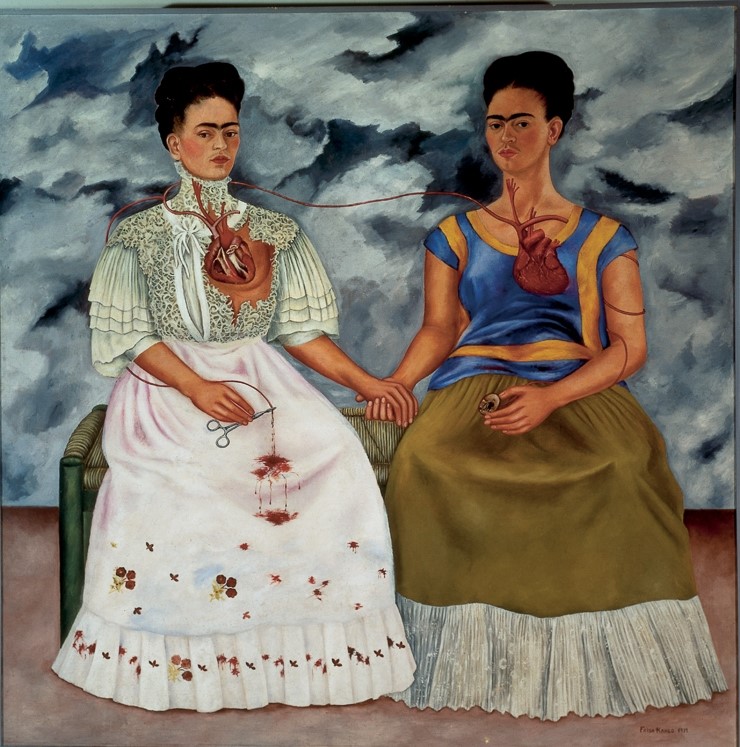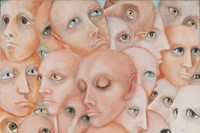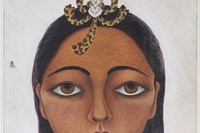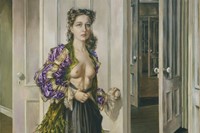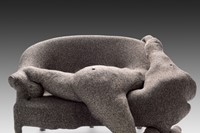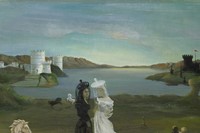For years, the surrealist art movement has been considered a male domain, with its principal players the likes of writer André Breton, photographer Man Ray, painters Max Ernst, Yves Tanguy and Salvador Dali...
For years, the surrealist art movement has been considered a male domain, with its principal players the likes of writer André Breton, photographer Man Ray, painters Max Ernst, Yves Tanguy and Salvador Dali. Founder Breton considered the female role in his artistic movement to be "the agency by which male surrealists created." They were beautiful and mysterious, driving men mad for love, inspiring creativity as the sacred muse. Yet this one-sided perspective is being questioned, not least through with the impending release of In Wonderland, a volume focusing on the work and influence of 48 Mexican and US-based women artists who worked alongside, and often despite of, the overwhelmingly patriarchal artistic society of their time.
"Ranging from Lee Miller’s surreal photographs of the 1930s, through the iconic works of Frida Kahlo, to Yayoi Kusama’s extraordinary Alice in Wonderland 'happening' in 1968, In Wonderland is an exploration of the extraordinary body of work created by women at a pivotal point in history."
Ranging from Lee Miller’s surreal photographs of the 1930s, through the iconic works of Frida Kahlo, to Yayoi Kusama’s extraordinary Alice in Wonderland "happening" in 1968, In Wonderland is an exploration of the extraordinary body of work created by women at a pivotal point in history. It is a story of the repossession of the female figure, moving away from the sexualised portrayal of the body as an object of lust or idolisation, to how it became a part of a deeply personal, internal conversation between the artist and the canvas. Gone is the limpid eroticism of the stylised nude, and in its place are brutal, visceral depictions of the traumas undergone by the body, as in Kahlo’s blood spattered self-portraits featuring her abortion and subsequent miscarriages, and representations of dislocation and fear of the future, as shown in Kay Sage’s “Danger, Construction Ahead”. In Lee Miller’s Untitled (Severed Breast from Radical Mastectomy), a breast, for so long the ultimate male fetish, is served up on a plate: a horrifying representation of the defeminisation caused by mastectomy.
For these female artists, surrealism freed their inhibitions – releasing them from societal constraints to express their true feelings, which were by turns beautiful, humorous, dark, erotic and deeply troubling. Inextricably linked to the world of psychoanalysis, indeed partly born from Freud’s research into the meaning of dreams, surrealism opened the internal universe, fashioning and validating a forum to express the thoughts and fears that were traditionally consigned, unheeded, to the darkest recesses of the mind. And these influences live on, influencing the strange, otherworldly photography of Francesca Woodman, and the subversive teasing of Cindy Sherman; marking a fundamental milestone in the perception of women both as artists and as intellectual and emotional beings.
In Wonderland: The Surrealist Adventures of Women Artists in Mexico and the United States is released today by Prestel. The accompanying exhibition is at LACMA, Los Angeles, until May 6.
Text by Tish Wrigley
